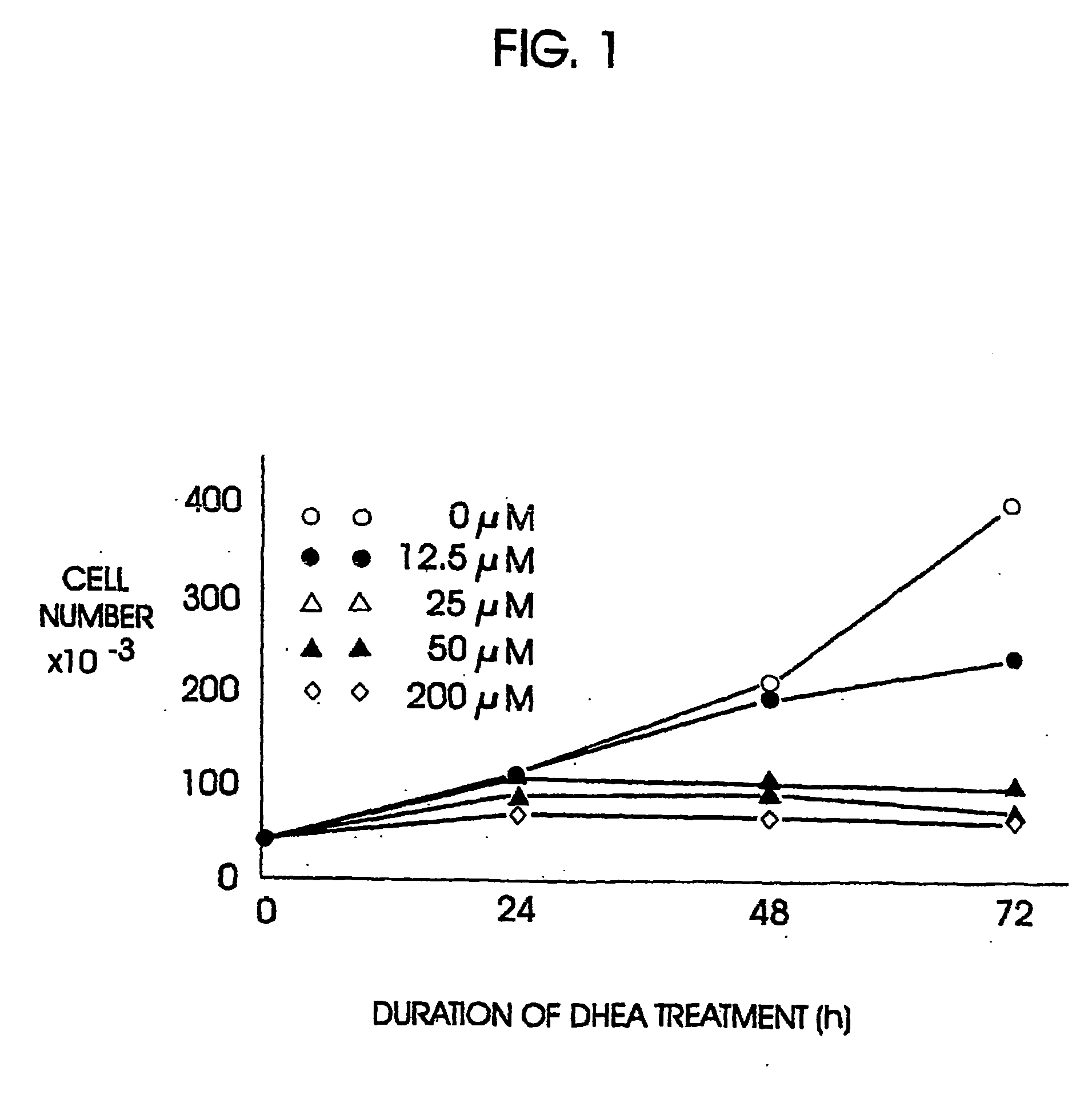Compositions, formulations and kit with anti-sense oligonucleotide and anti-inflammatory steroid and/or obiquinone for treatment of respiratory and lung disesase
a technology of obiquinone and oligonucleotide, which is applied in the field of compositions, formulations and kits, can solve the problems of asthma underlying causes that remain poorly understood, their incidence has been increasing at an alarming rate, and their underlying causes are still poorly understood, so as to achieve the effect of reducing the airway
- Summary
- Abstract
- Description
- Claims
- Application Information
AI Technical Summary
Benefits of technology
Problems solved by technology
Method used
Image
Examples
example 1
Design and Synthesis of Anti-Sense Oligonucleotides
[0093] The design of anti-sense oligonucleotides against the A1 and A3 adenosine receptors may require the solution of the complex secondary structure of the target A1 receptor mRNA and the target A3 receptor mRNA. After generating this structure, anti-sense nucleotide are designed which target regions of mRNA which might be construed to confer functional activity or stability to the mRNA and which optimally may overlap the initiation codon. Other target sites are readily usable. As a demonstration of specificity of the anti-sense effect, other oligonucleotides not totally complementary to the target mRNA, but containing identical nucleotide compositions on a w / w basis, are included as controls in anti-sense experiments.
[0094] The mRNA secondary structure of the adenosine A1 receptor was analyzed and used as described above. to design a phosphorothioate anti-sense oligonucleotide. The anti-sense oligonucleotide which was synthesiz...
example 2
In Vivo Testing of Adenosine A1 Receptor Anti-sense Oligos
[0096] The anti-sense oligonucleotide against the human A1 receptor (SEQ ID NO:9370) described above. was tested for efficacy in an in vitro model utilizing lung adenocarcinoma cells HTB-54. HTB-54 lung adenocarcinoma cells were demonstrated to express the A1 adenosine receptor using standard northern blotting procedures and receptor probes designed and synthesized in the laboratory.
[0097] HTB-54 human lung adenocarcinoma cells (106 / 100 mm tissue culture dish) were exposed to 5.0:M HAdA1AS or HAdA1MM1 for 24 hours, with a fresh change of media and oligonucleotides after 12 hours of incubation. Following 24 hour exposure to the oligonucleotides, cells were harvested and their RNA extracted by standard procedures. A 21-mer probe corresponding to the region of mRNA targeted by the anti-sense (and therefore having the same sequence as the anti-sense, but not phosphorothioated) was synthesized and used to probe northern blots of...
example 3
In Vivo Efficacy of Adenosine A1 Receptor Anti-Sense Oligos
[0098] A fortuitous hoology between the rabbit and human DNA sequences within the adenosine A1 gene overlapping the initiation codon permitted the use of the phosphorothioate anti-sense oligonucleotides initially designed for use against the human adenosine A1 receptor in a rabbit model. Neonatal New Zealand white Pasteurella-free rabbits were immunized intraperitoneally within 24 hours of birth with 312 antigen units / ml house dust mite (D. farinae) extract (Berkeley Biologicals, Berkeley, Calif.), mixed with 10% kaolin. Immunizations were repeated weekly for the first month and then biweekly for the next 2 months. At 3-4 months of age, eight sensitized rabbits were anesthetized and relaxed with a mixture of ketamine hydrochloride (44 mg / kg) and acepromazine maleate (0.4 mg / kg) administered intramuscularly. The rabbits were then laid supine in a comfortable position on a small molded, padded animal board and intubated with ...
PUM
| Property | Measurement | Unit |
|---|---|---|
| particle size | aaaaa | aaaaa |
| particle size | aaaaa | aaaaa |
| particle size | aaaaa | aaaaa |
Abstract
Description
Claims
Application Information
 Login to View More
Login to View More - R&D
- Intellectual Property
- Life Sciences
- Materials
- Tech Scout
- Unparalleled Data Quality
- Higher Quality Content
- 60% Fewer Hallucinations
Browse by: Latest US Patents, China's latest patents, Technical Efficacy Thesaurus, Application Domain, Technology Topic, Popular Technical Reports.
© 2025 PatSnap. All rights reserved.Legal|Privacy policy|Modern Slavery Act Transparency Statement|Sitemap|About US| Contact US: help@patsnap.com



